.webp)
© History Oasis
Note: Some sports like cricket and lacrosse are set to return at the 2028 Los Angeles Olympics, while others like golf and rugby have already made comebacks in recent years.
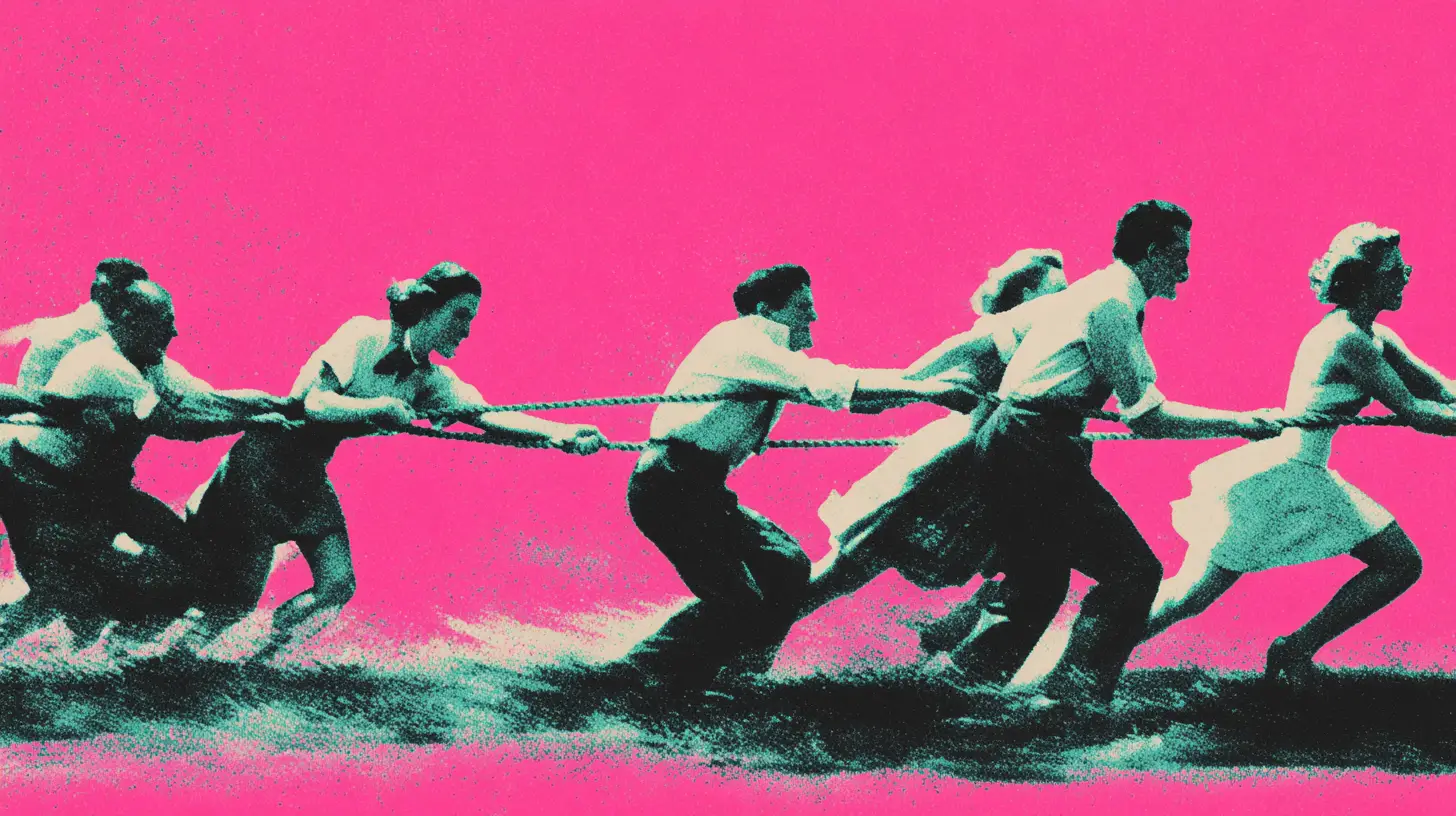
Discontinued: 1920
Picture eight burly athletes gripping a rope, muscles straining in perfect unison. This wasn’t your childhood playground game—it was serious Olympic business. Teams battled to drag opponents six feet across a line in five minutes. British police dominated with their enormous shoes, sparking legendary controversies that rocked the Games.
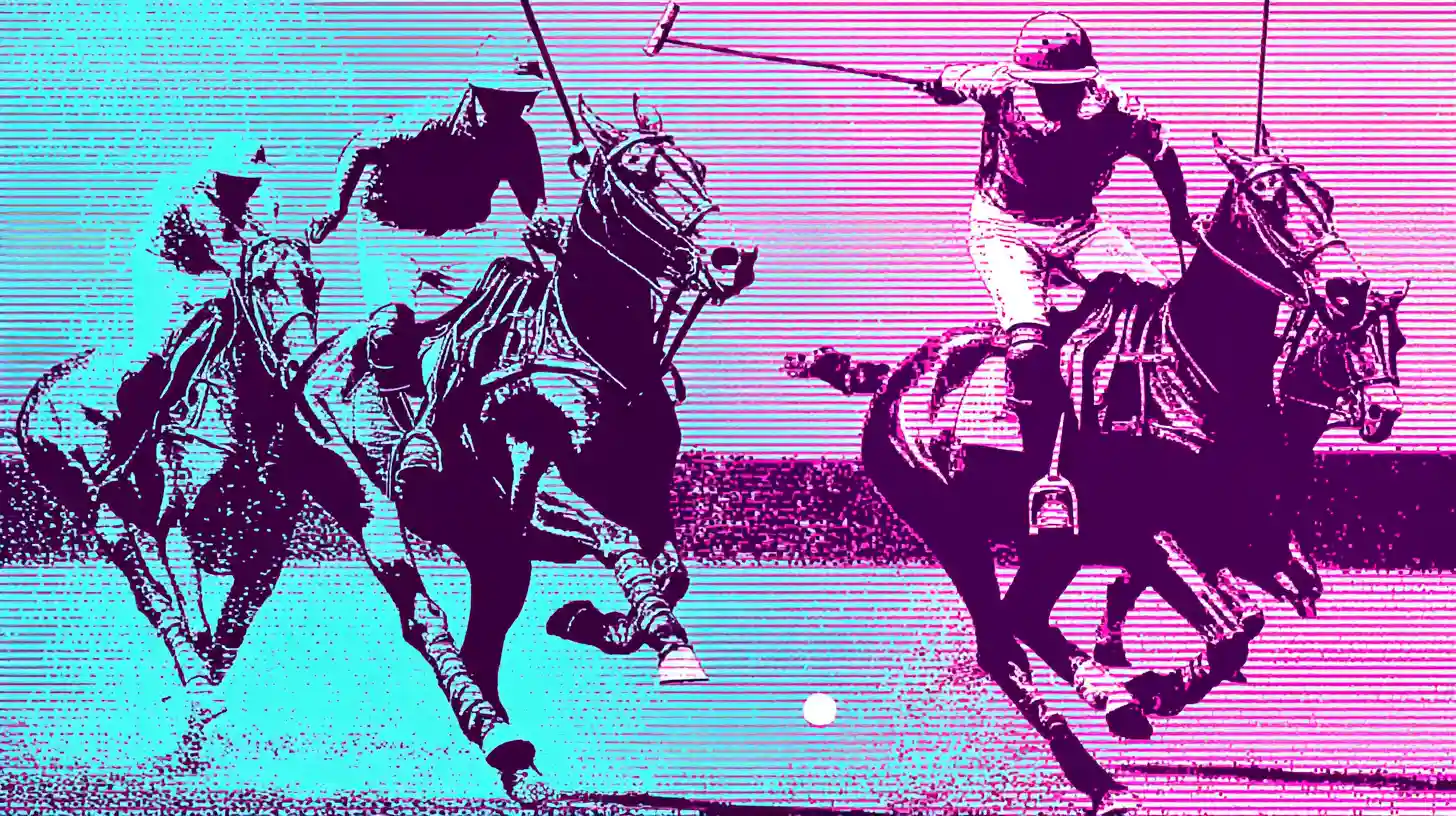
Discontinued: 1936
Thundering hooves, flying mallets, and aristocratic drama. Four riders per Polo team chased a small ball across vast fields, scoring goals with long-handled mallets. Argentina’s golden era peaked before 45,000 spectators in 1936 Berlin. The sport’s expensive horses and elite appeal ultimately discontinued the Olympic game.
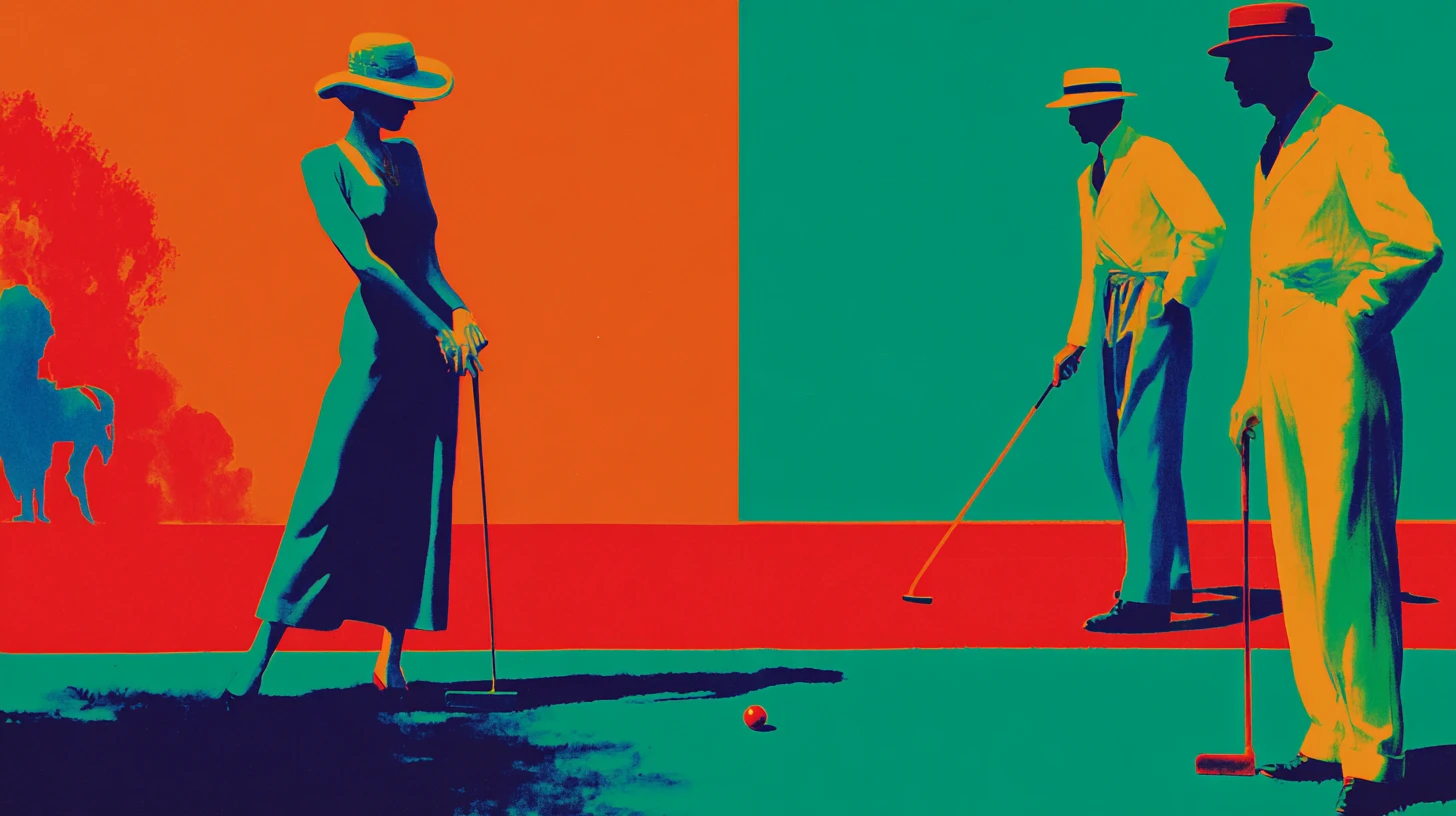
Discontinued: 1900
France’s garden party turned into an Olympic spectacle. Players wielded mallets to navigate balls through wicket sequences on manicured lawns. Some of the earliest female Olympians competed here. Only one spectator bought a ticket—an Englishman who traveled from Nice just to watch.
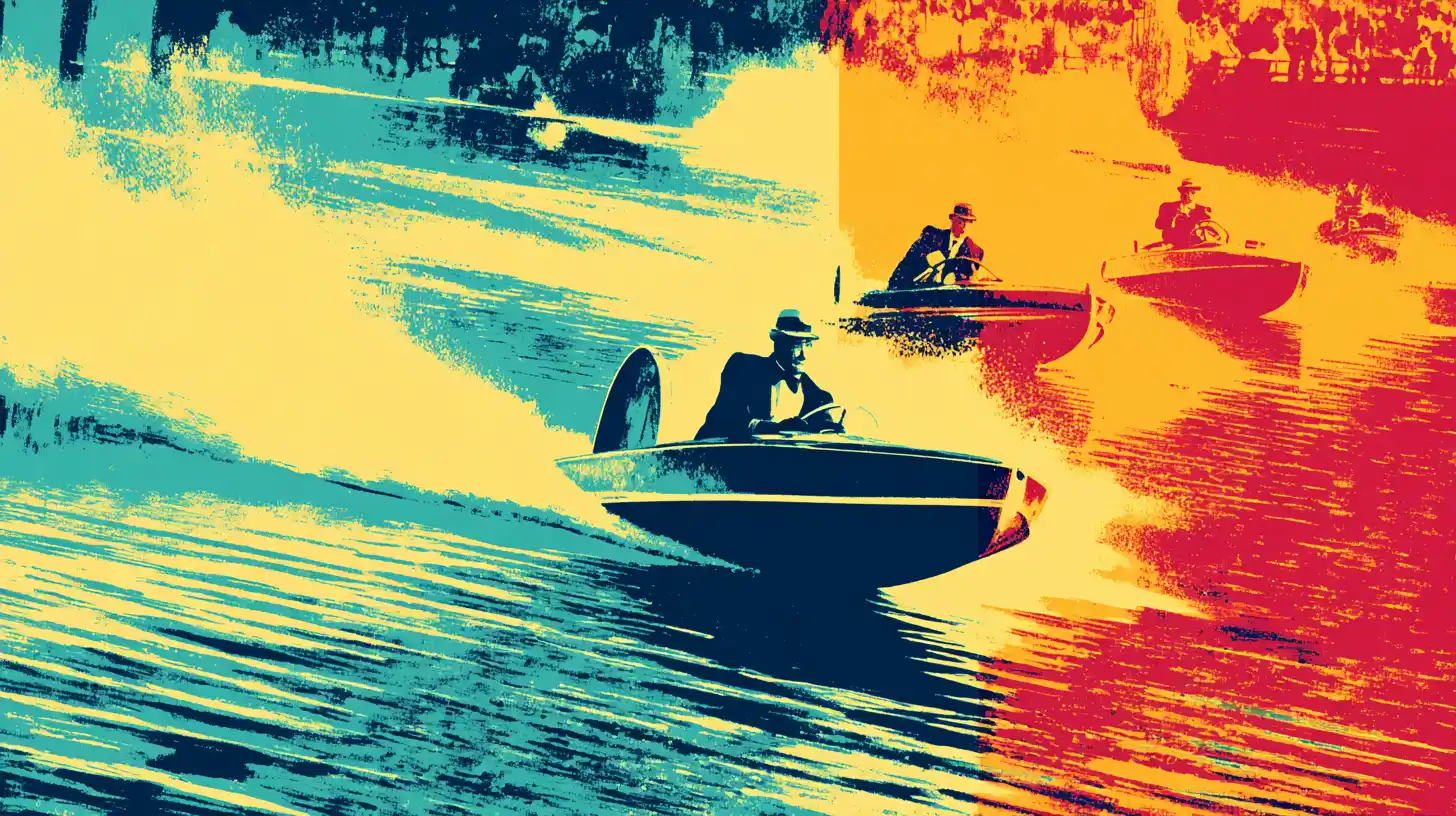
Discontinued: 1908
Roaring engines and crashing waves in Olympic competition. Motorboats raced 40 nautical miles through brutal gales. Only one boat finished each event due to treacherous weather. The IOC quickly realized machines had no place in human athletic competition, ending this brief mechanical Olympic chapter.
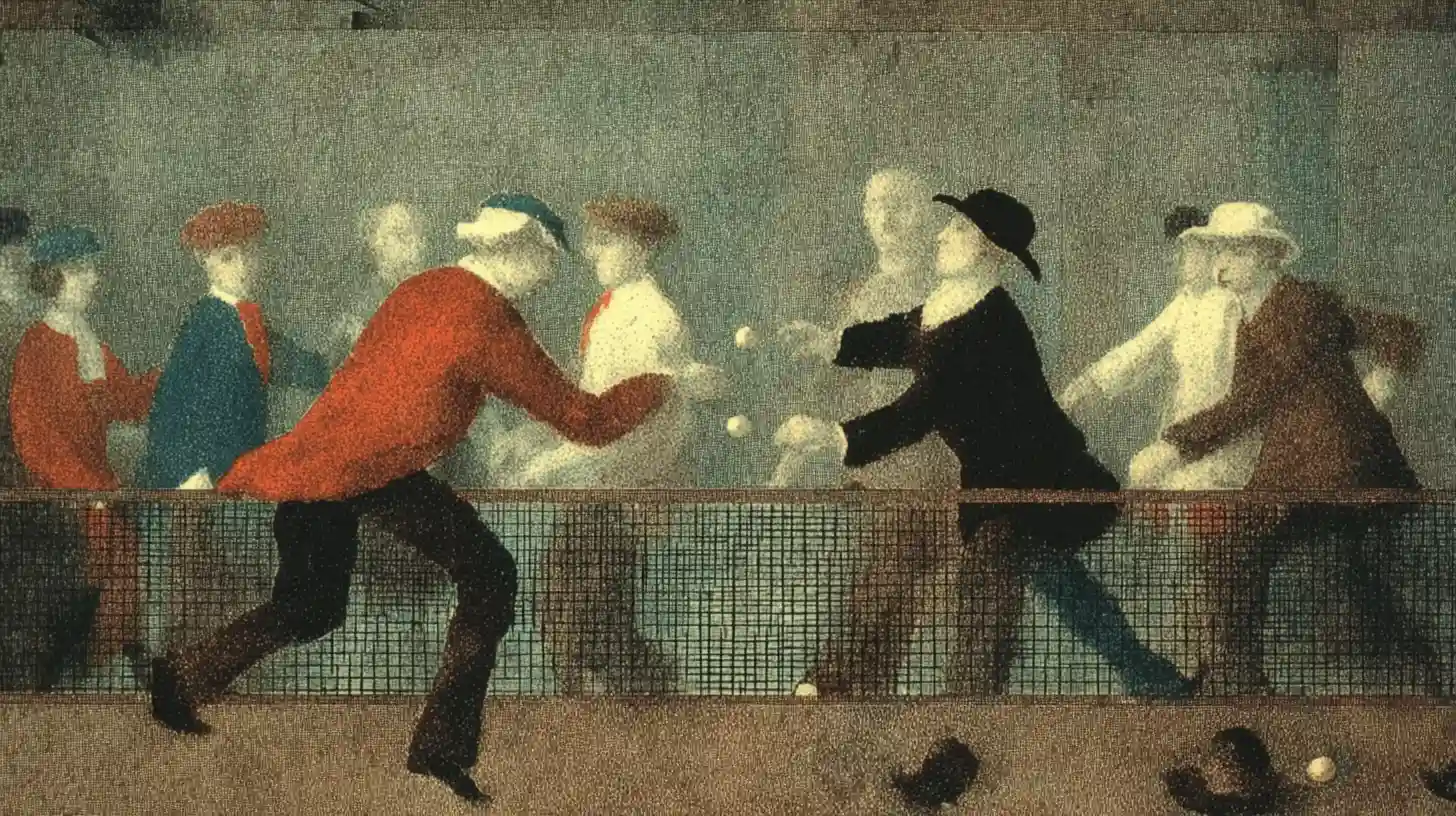
Discontinued: 1908
This indoor predecessor to tennis featured asymmetrical courts with playable walls. Originally played barehanded, rackets came later. American railroad heir Jay Gould II claimed the only Olympic gold. The sport’s courts later hosted the famous French Revolution Tennis Court Oath.
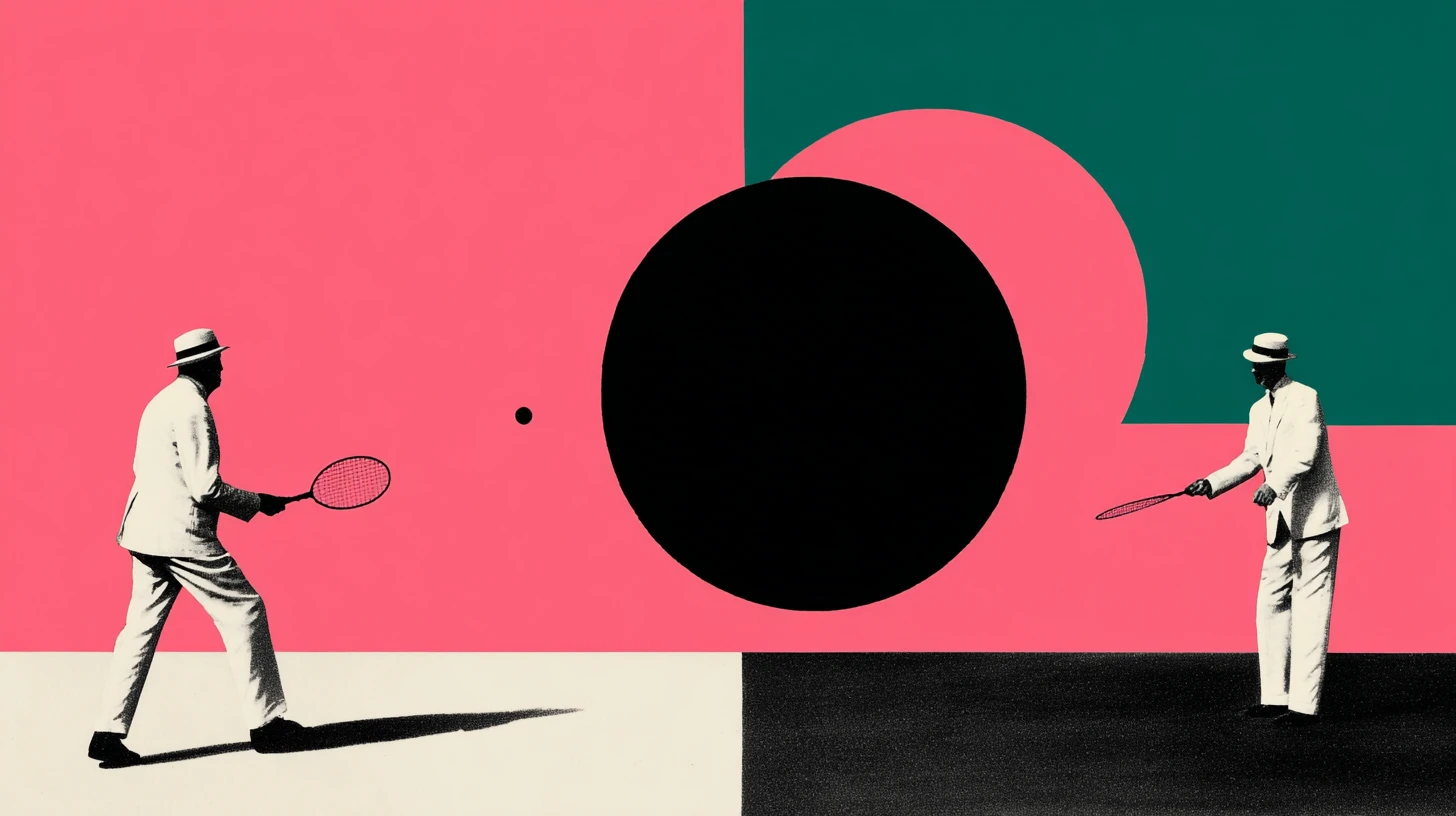
Discontinued: 1908
Lightning-fast indoor combat with harder balls than squash. This upper-class British sport demanded exceptional reflexes on large courts. All seven Olympic competitors were British. Basically, a posh domestic tournament. The gold medalist won by walkover when his opponent injured his hand.
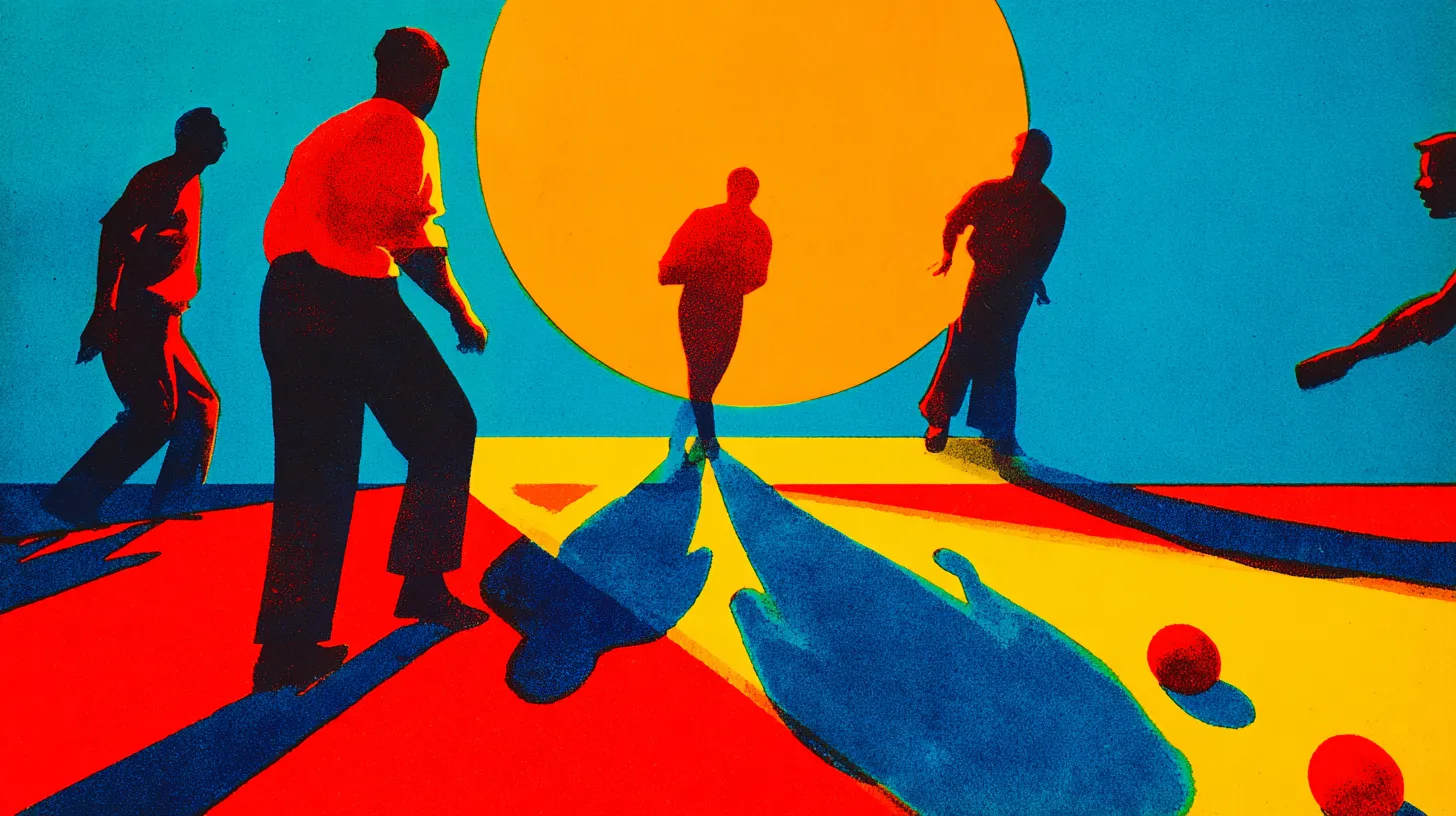
Discontinued: 1904
America’s “scientific” answer to croquet. Played on hard courts with boundary walls for banking shots like billiards. Enthusiasts called it “the Game of the Century.” The name cleverly dropped croquet’s “c” and “t.” Despite grand ambitions, it vanished as quickly as it appeared.
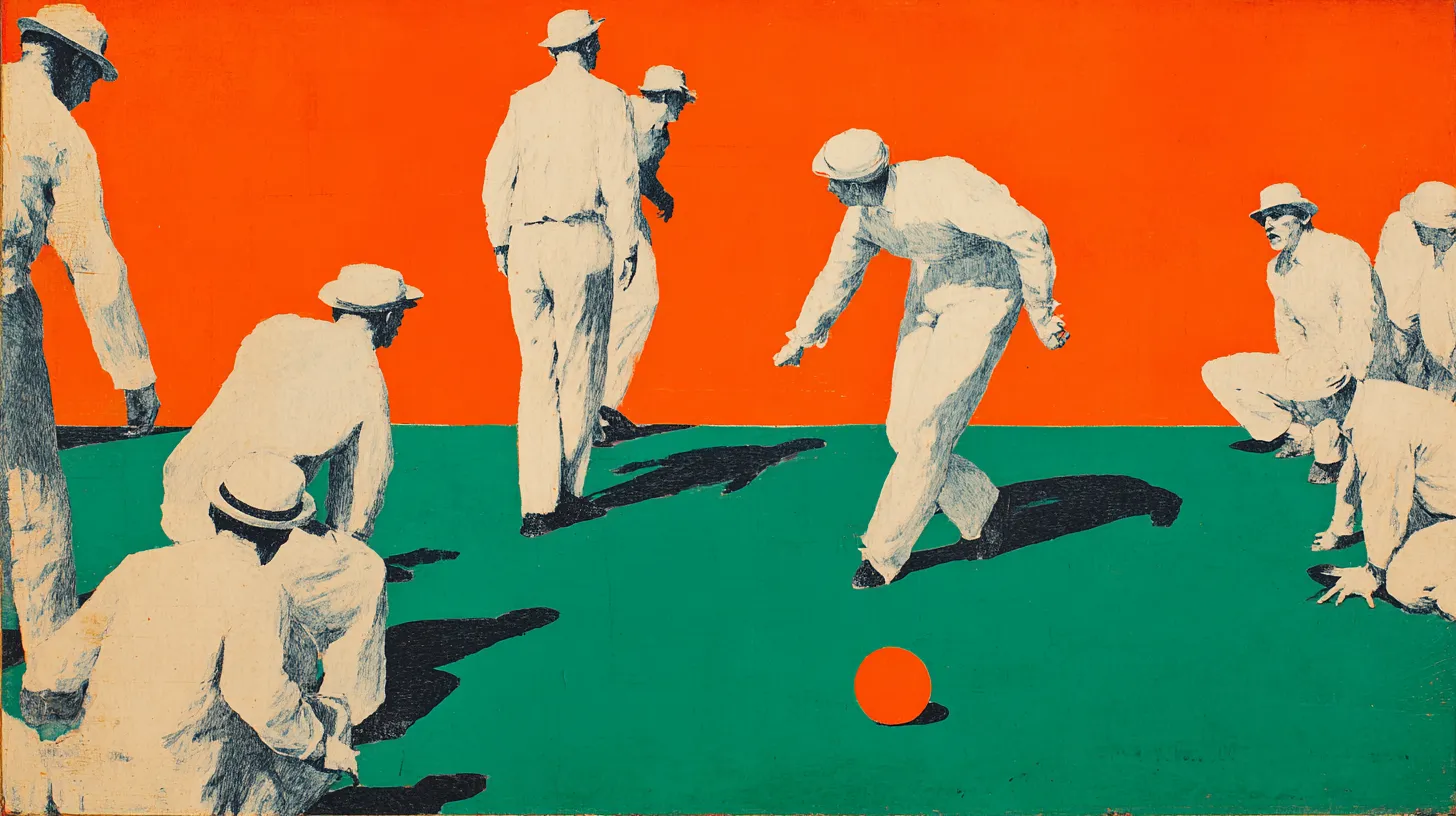
Discontinued: 1900
The world’s fastest sport met Olympic disappointment. Players hurled balls against walls at deadly speeds using hands, rackets, or wooden bats. The entire competition lasted zero minutes. France withdrew over rule disputes, handing Spain gold by default. It became history’s shortest Olympic event.
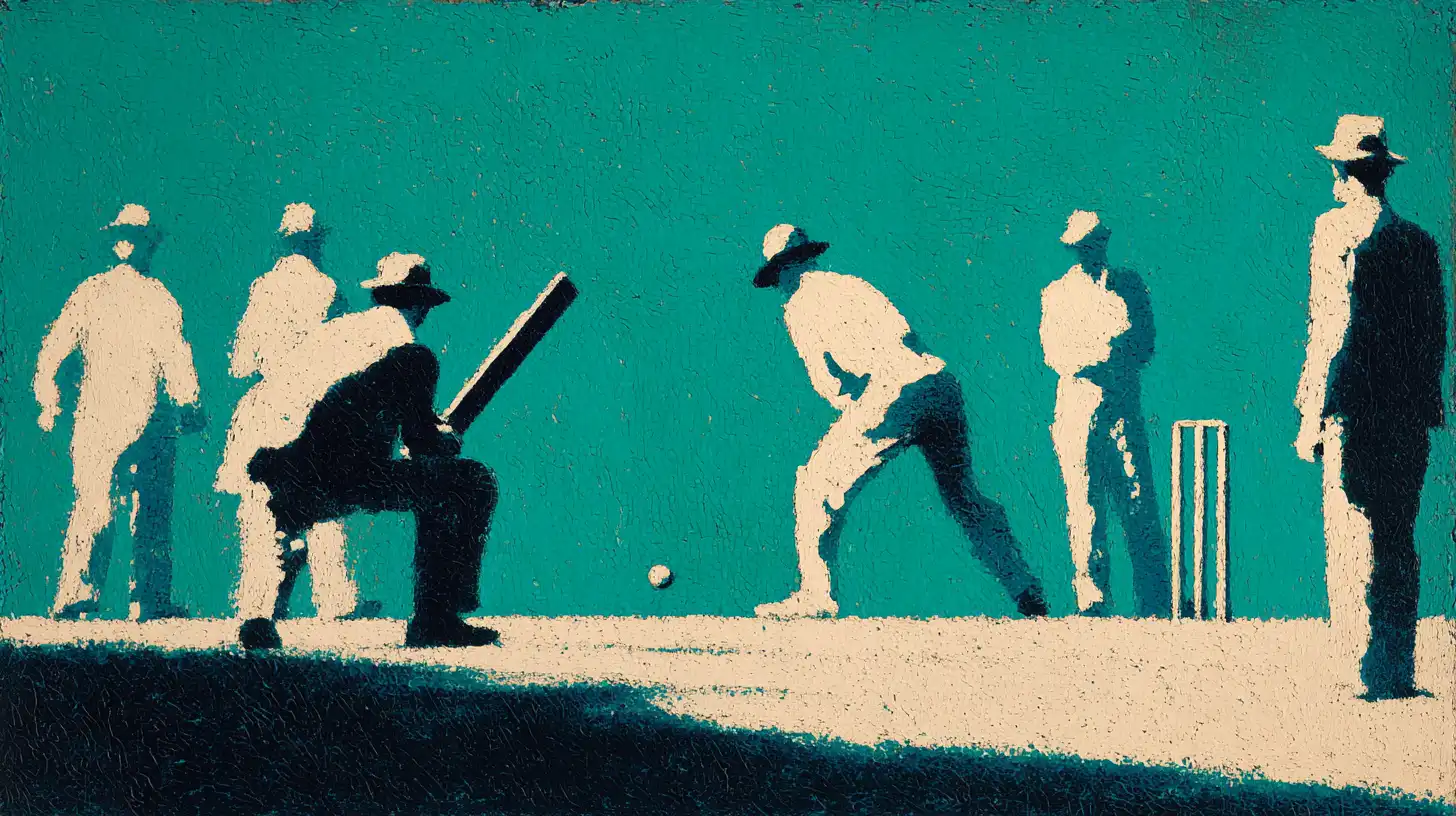
Discontinued: 1900
Two days of gentlemanly competition. Britain defeated France by 158 runs in the sport’s only Olympic appearance. Pierre de Coubertin dismissed it as having “no appeal for non-British” audiences. The sport returns in 2028 after a 128-year Olympic absence—now in explosive T20 format.
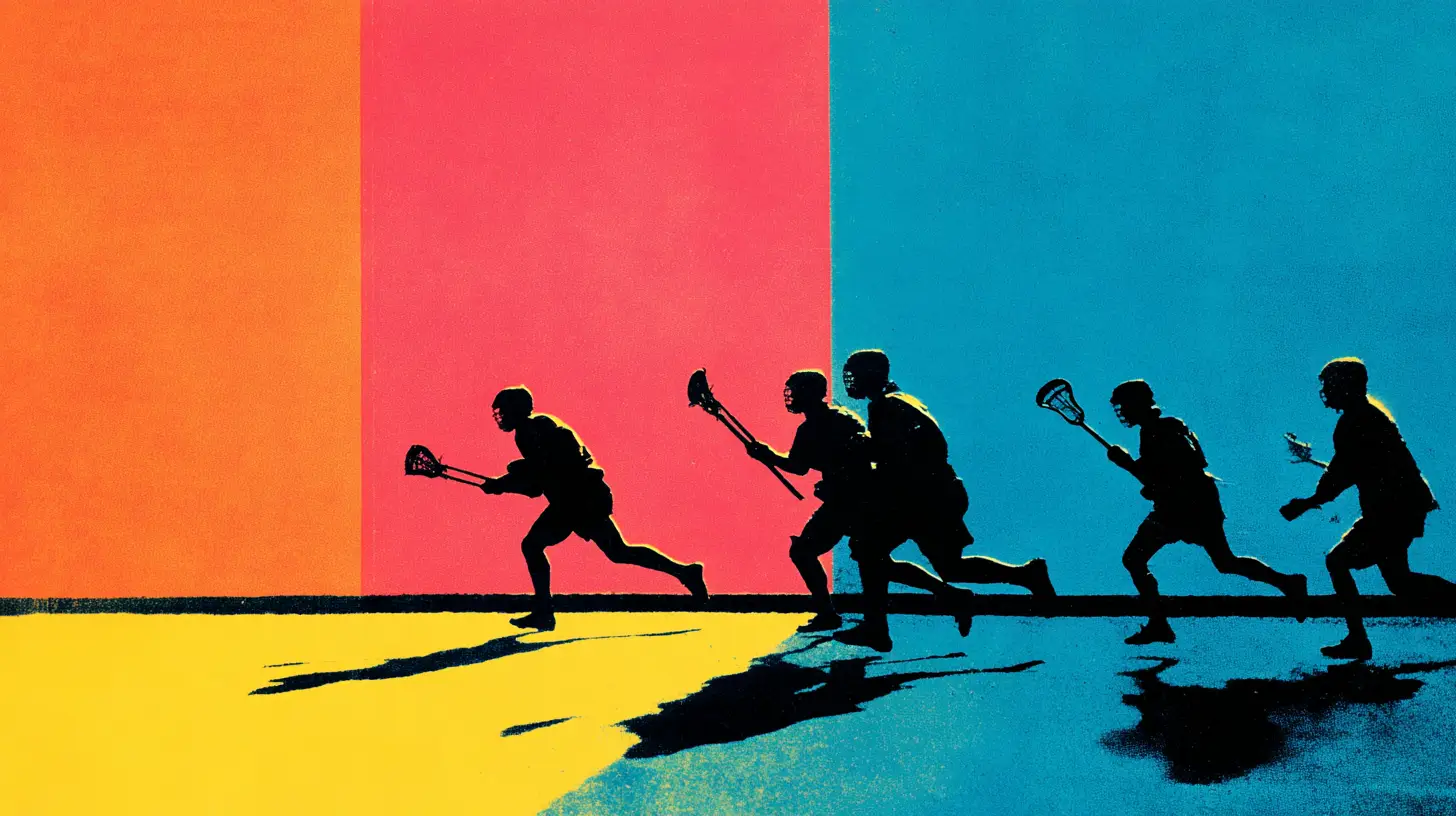
Discontinued: 1908
Native American origins meet Olympic glory. Players wielded netted sticks to catch, carry, and fling rubber balls toward goals. Canada dominated completely, winning both golds plus bronze. Every competing team earned medals due to tiny fields. This indigenous sport also returns to Los Angeles in 2028.